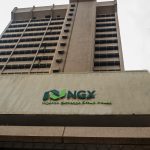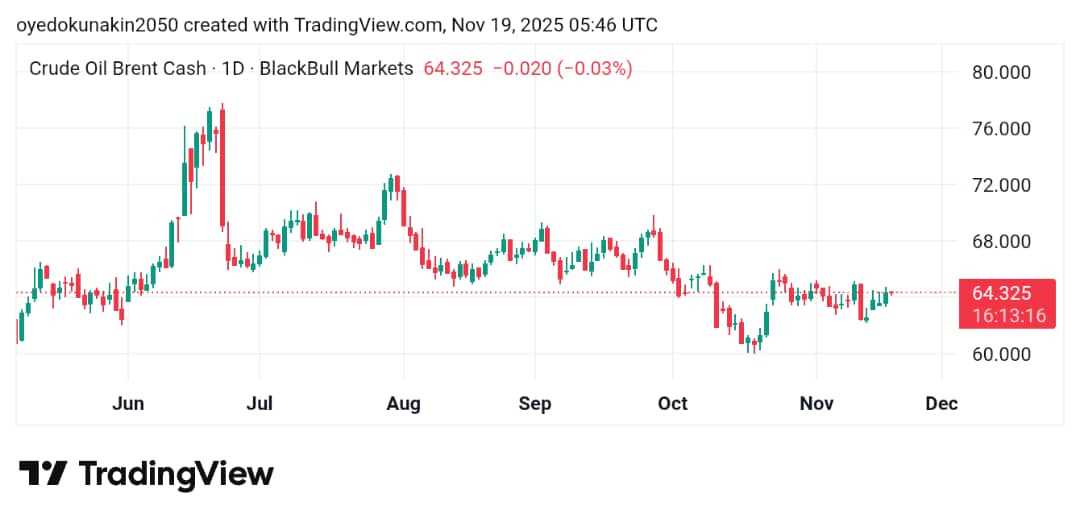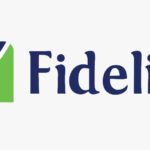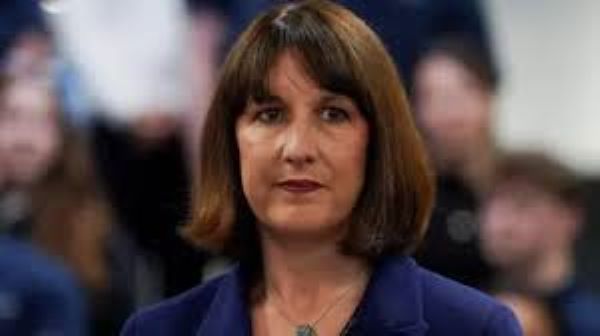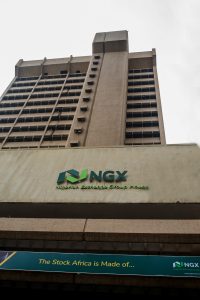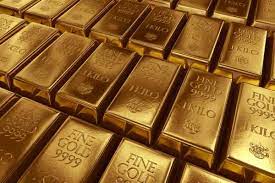
By Antonio Di Giacomo
Gold prices have remained one of the most prominent news items in the global financial sphere, especially amid the current climate of uncertainty in the United States. The precious metal prices have stayed around $2,741 per ounce, largely due to the upcoming U.S. presidential elections and the anticipated Federal Reserve (Fed) meeting. Both events generate expectations regarding economic direction and potential policy changes that could influence the value of gold, considered a safe-haven asset in times of volatility.
In recent days, gold has experienced some fluctuations due to the resilience shown by the U.S. economy, leading to slight declines in its price. Nevertheless, the metal remains close to its historic peak, as investors consider it a safe option in the face of uncertainties. Signs of resilience in the U.S. economy, such as a robust labor market and stable consumer figures, suggest that the country is still demonstrating strength. However, this same strength raises questions about the continuity of flexible monetary policies.
The outlook for gold remains positive, particularly if low-interest-rate conditions persist alongside ongoing geopolitical tensions. These factors have been critical to its sustained demand as investors look to safeguard their capital against any negative impact on traditional financial markets. Unlike other assets, gold offers stability and becomes a recurring choice in times of uncertainty.
Additionally, the possibility of the Federal Reserve cutting interest rates in its next meeting is another factor that could benefit gold prices. When the Fed lowers rates, the opportunity cost of investing in non-yielding assets like gold decreases. This, in turn, encourages demand for the metal, as investors do not face a significant sacrifice in choosing gold over yield-bearing assets such as bonds or bank deposits.
In this scenario, it is also relevant to consider the impact of the U.S. elections and how the outcome might influence the economy and monetary policy. A victory by a candidate with a more expansive fiscal policy approach, for example, could lead to greater economic stimulus, which typically drives up inflation and, subsequently, demand for gold as an inflation hedge. These factors have led many experts to anticipate a favorable performance for gold in the short to medium term.
In conclusion, gold prices have shown remarkable stability in a high-uncertainty environment. The combination of low interest rates, geopolitical tensions, and its role as a haven have been key factors in its behavior. As the market awaits the results of the U.S. elections and the Federal Reserve’s decisions, gold remains a preferred choice for investors. Its future performance will largely depend on how these events unfold, but the outlook remains favorable, positioning the precious metal as a solid choice in times of volatility.
Giacomo is Senior Market Analyst at XS.com




